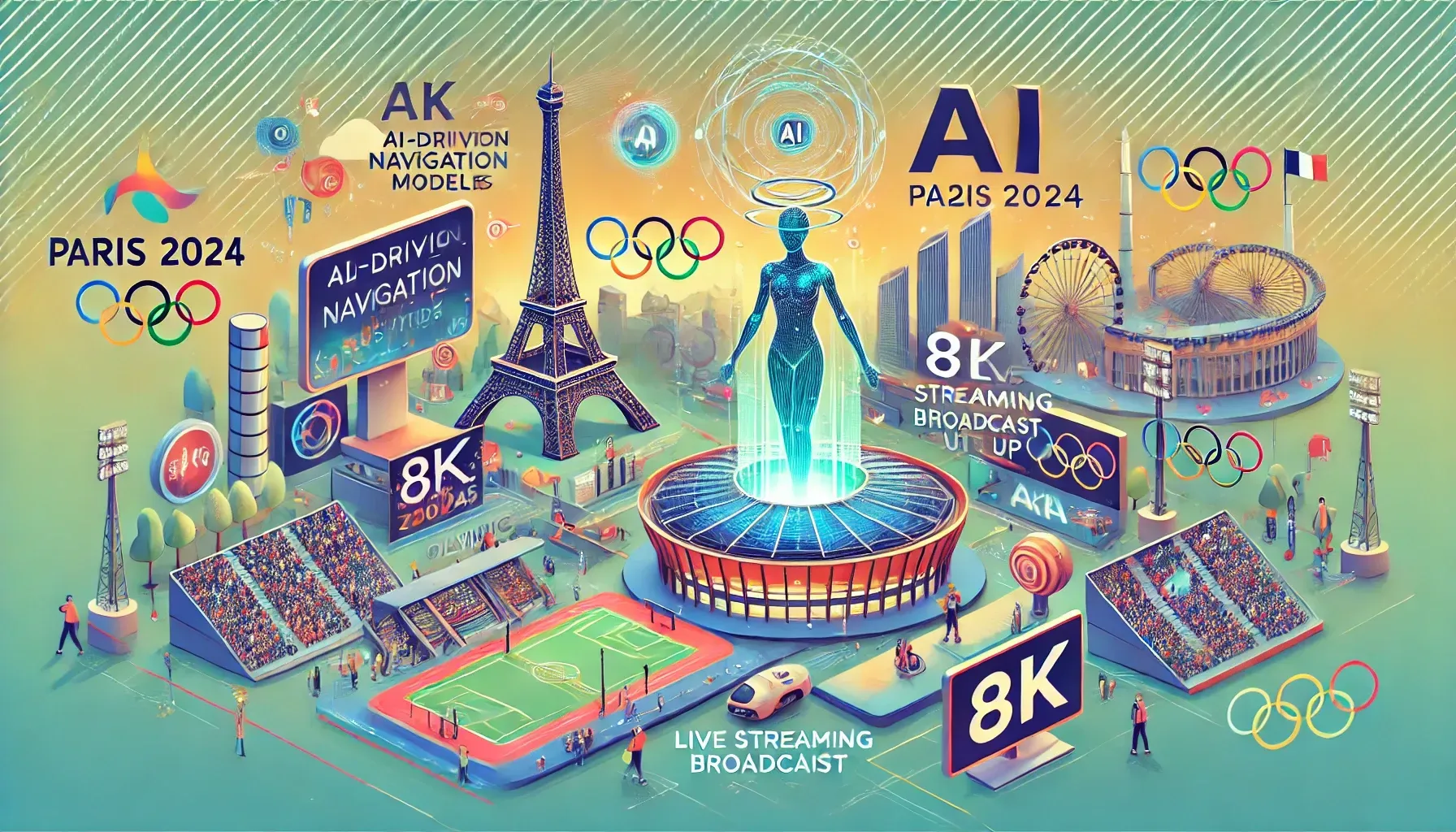Microsoft Copilot: A Comprehensive Guide
Harnessing AI Productivity: An In-Depth Look at Microsoft Copilot
In a world where artificial intelligence continues to break new ground, Microsoft Copilot stands as a significant milestone. This extensive article delves into the essence of Microsoft Copilot, exploring its functions, applications, and its interplay with other technologies like ChatGPT.
What is Microsoft Copilot?
At its core, Microsoft Copilot is a powerful tool integrated into Microsoft 365. It harnesses the capabilities of Large Language Models (LLMs) and blends them with organizational data through Microsoft Graph. This integration facilitates a range of functions across various Microsoft 365 applications, including Word, Excel, PowerPoint, Outlook, and Teams.
How Does Microsoft Copilot Work?
Microsoft Copilot functions by receiving input prompts from users within applications. It processes these inputs using foundation LLMs and proprietary Microsoft technologies, ensuring secure access and management of organizational data. The system leverages Microsoft Graph to bring context from customer interactions into the prompt, enhancing the relevance and effectiveness of its responses.
Features Across Microsoft 365 Applications
Each application within Microsoft 365 brings unique functionalities with Copilot:
- Word: Copilot in Word aids in creating, editing, and summarizing documents, offering suggestions for tones and content structuring.
- Excel: Here, Copilot facilitates data analysis and exploration, suggesting new procedures and generating graphs.
- PowerPoint: It helps transform ideas into presentations, adjusting layouts, and synchronizing animations.
- Outlook: Copilot in Outlook streamlines email management by summarizing long threads and drafting replies.
- Teams: It enhances meetings by summarizing discussions, suggesting action items, and integrating with Microsoft 365 apps for a cohesive experience.
Copilot and AI-driven Productivity
Copilot significantly lightens the workload, enabling users to focus more on creative and high-impact tasks. From summarizing email threads to drafting replies and automating repetitive tasks, Copilot has been shown to enhance productivity, allowing users to concentrate on more satisfying work.
Security and Compliance
Microsoft has ensured that Copilot adheres to the same security, compliance, and privacy policies as Microsoft 365. This includes enterprise-grade security and privacy features, making it a reliable choice for organizations.
Comparing Microsoft Copilot and ChatGPT
While Microsoft Copilot is deeply integrated with Microsoft 365 applications and leverages organizational data, ChatGPT stands as a more generalized conversational AI tool. ChatGPT's strengths lie in its versatility and ease of use across a broader range of topics and functions, independent of a specific software ecosystem.
Copilot: Roadmap and Pricing
As for the future roadmap and pricing, Copilot continues to evolve with new features and capabilities. While some aspects of Copilot are available at no additional cost, like Copilot in Windows, other features may be tied to Microsoft 365 subscriptions or specific service plans.
Conclusion: Embracing Copilot or ChatGPT?
The choice between Microsoft Copilot and ChatGPT depends largely on the user's specific needs. For those deeply entrenched in the Microsoft 365 ecosystem and seeking AI-driven enhancements within that space, Copilot offers a seamless, integrated experience. For more generalized AI assistance across a wider array of tasks, ChatGPT provides versatility and adaptability. Both tools represent significant strides in AI technology, each with its own unique strengths and use cases.
Here's a list of the sources used for the article:
Microsoft Learn - Microsoft Copilot for Microsoft 365 Overview
Microsoft Copilot - Official Website
The Official Microsoft Blog - Introducing Microsoft 365 Copilot – your copilot for work
Microsoft 365 - Microsoft Copilot for Microsoft 365—Features and Plans
Microsoft News - Introducing Microsoft 365 Copilot — your copilot for work
Microsoft Community Hub - What’s New in Copilot for Microsoft 365
Microsoft - Copilot in Windows & Other AI-Powered Features
Microsoft Learn - Copilot for Microsoft 365 - Service Descriptions
Gartner Peer Insights - Microsoft 365 Copilot Reviews, Ratings & Features
Plain Concepts - Microsoft 365 Copilot | All its features
This list provides a comprehensive collection of resources for further reading and verification, enhancing the credibility and depth of your article.
ChatGPT Prompts Hub blog



